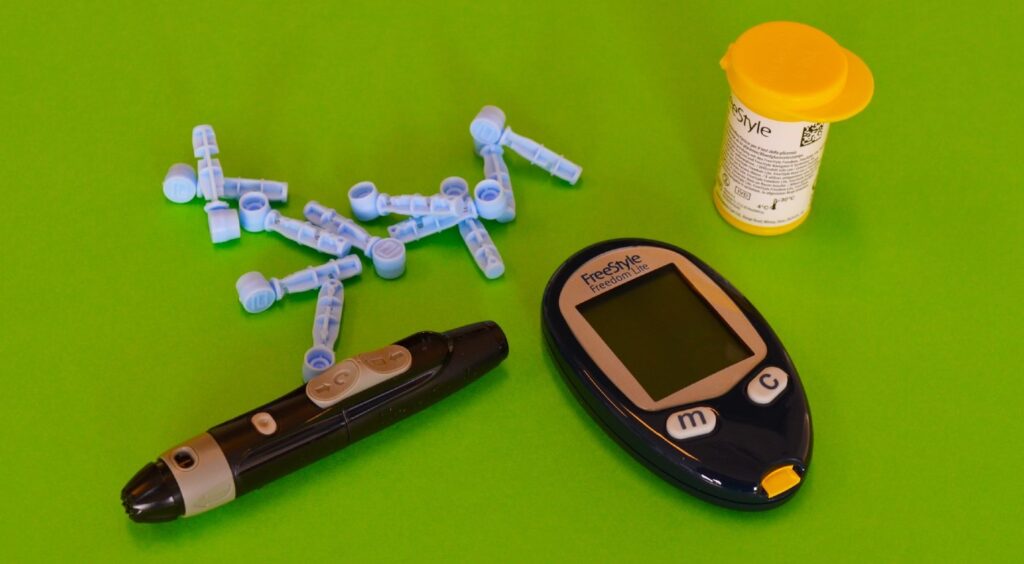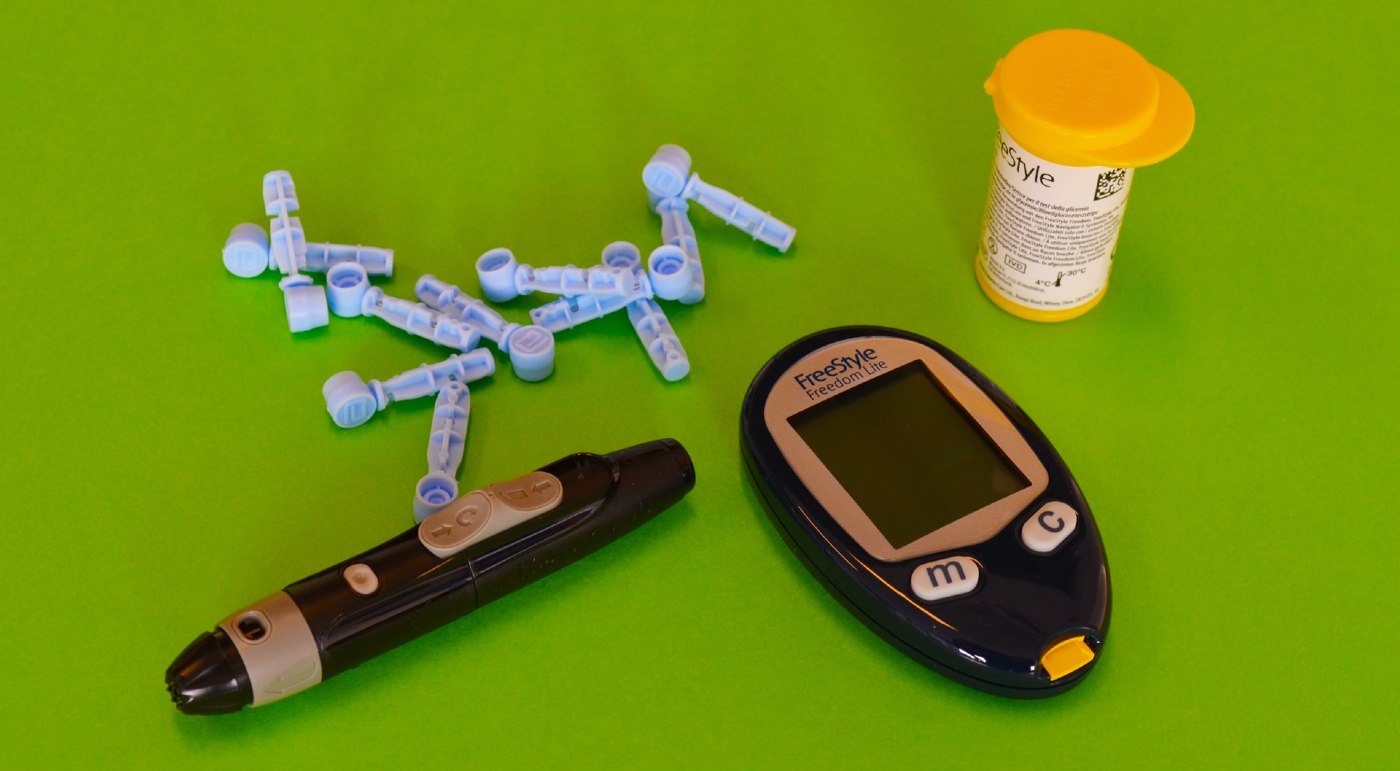Researchers may have discovered a safe new way to manage blood sugar non-invasively.
Exposing diabetic mice to a combination of static electric and magnetic fields for a few hours per day normalizes blood sugar and insulin resistance, researchers at the University of Iowa have found.

The unexpected and surprising discovery raises the possibility of using electromagnetic fields (EMFs) as a remote control to manage type 2 diabetes.
According to a statement from the university, the effects of exposure to electromagnetic fields (EMFs) in diabetic mice have been “long-lasting, opening the possibility of an EMF therapy that can be applied during sleep to manage diabetes all day.”
EMFs, it’s been indicated by the new study, alter the balance of oxidants and antioxidants in the liver, improving the body’s response to insulin. This effect is mediated by small reactive molecules that seem to function as “magnetic antennae.”
Serendipity and Collaboration
The initial finding–published in Cell Metabolism on October 6–was pure serendipity. Sunny Huang, Calvin Carter’s co-lead author and an MD/PhD student interested in metabolism and diabetes, needed to practice taking blood from mice and measuring blood sugar levels.
Carter offered to let her borrow some of the mice he was using to study the effect of EMFs on brain and behavior in the animals.
“It was really odd because normally these animals have high blood sugar and type 2 diabetes, but all of the animals exposed to EMFs showed normal blood sugar levels,” Huang says. “I told Calvin, ‘There’s something weird going on here.'”
The finding that these mice had normal blood sugar levels after EMF exposure was doubly strange because the mice had a genetic modification which made them diabetic.
MORE: People With Diabetes May One Day Be Monitoring Glucose With an Earring
“That’s what sparked this project,” Carter confirms. “Early on, we recognized that if the findings held up, they could have a major impact on diabetes care.”
The findings held up. Carter and Huang, working with senior author Val Sheffield and diabetes expert Dale Abel, found that the combined wireless application of static magnetic and electric fields modulates blood sugar in three different mouse models of type 2 diabetes. The team also showed that exposure to such fields, approximately 100 times that of the Earth’s, during sleep, reversed insulin resistance within three days of treatment.
EMFs and Redox Biology
EMFs are everywhere; telecommunications, navigation, and mobile devices all use them to function. EMFs are also used in medicine, in MRIs and EEGs, for example.
However, very little is known about how they affect biology. On their hunt for clues to understand the mechanisms underlying the biological effects of EMFs on blood sugar and insulin sensitivity, Carter and Huang reviewed literature from the 1970s investigating bird migration.
CHECK OUT: Bionic Pancreas for Type 1 Diabetes Gets ‘Breakthrough’ Designation From FDA
They found that many animals sense the Earth’s electromagnetic field and use it to orient themselves as well as for navigation.
“This literature pointed to a quantum biological phenomenon whereby EMFs may interact with specific molecules. There are molecules in our bodies that are thought to act like tiny magnetic antenna, enabling a biological response to EMFs,” Carter says. “Some of these molecules are oxidants, which are studied in redox biology, an area of research that deals with the behavior of electrons and reactive molecules that govern cellular metabolism.”
MORE: Peanut Allergy Treatment Just Approved as First-of-its-Kind Therapy in the United States
Aiming for Human Studies
In addition to the mouse studies, the researchers also treated human liver cells with EMFs for six hours and showed that a surrogate marker for insulin sensitivity improved significantly, suggesting that the EMFs may also produce the same anti-diabetic effect in humans.
Carter and Huang are energized by the possibility of translating the findings to human patients with type 2 diabetes.
In terms of safety, the World Health Organization considers low energy EMFs safe for human health. The UI study also found no evidence of any adverse side effects in mice.
The team’s ultimate goal is to move into clinical trials with patients to translate the technology into a new class of therapies.
WATCH: Town Surprises Boy Who is Allergic to Sunlight by Turning ‘Nighttime into Daytime’
“Our dream is to create a new class of non-invasive medicines that remotely take control of cells to fight disease,” Carter says.
That’s exciting news indeed.
SHARE This Scientific Breakthrough With Your Friends On Social Media…




















